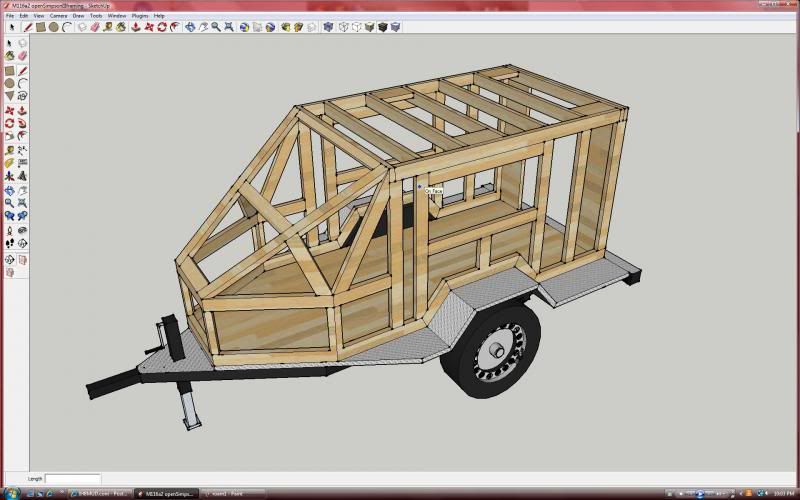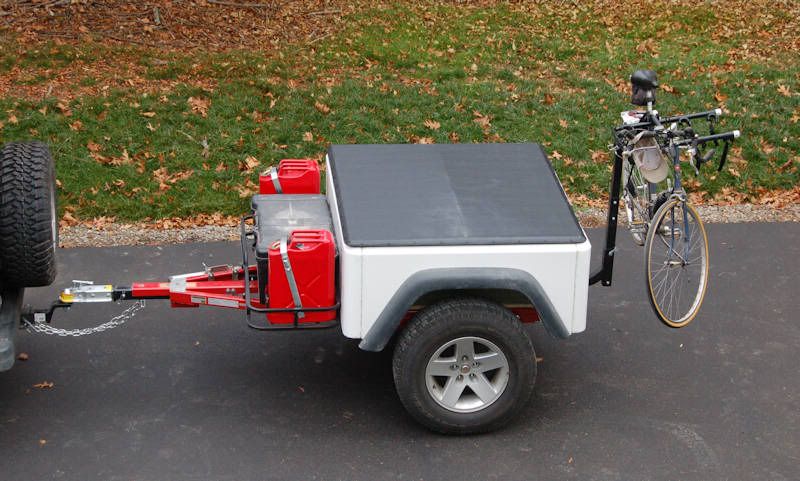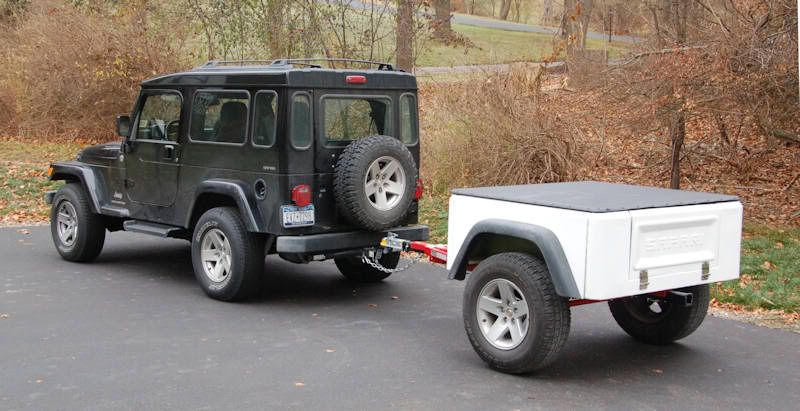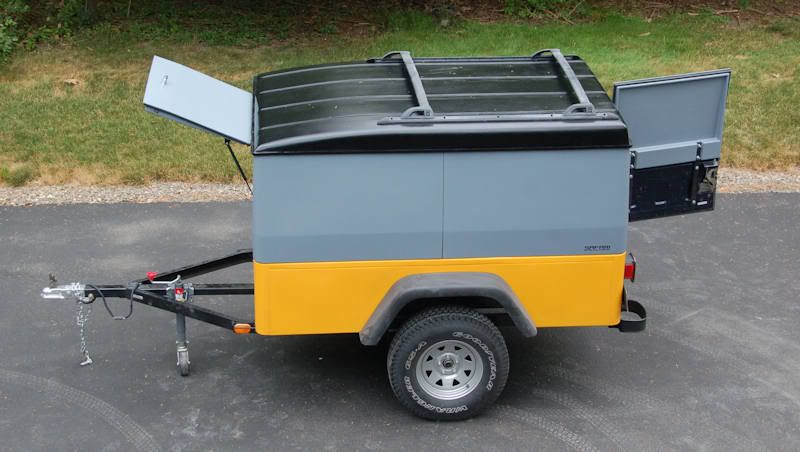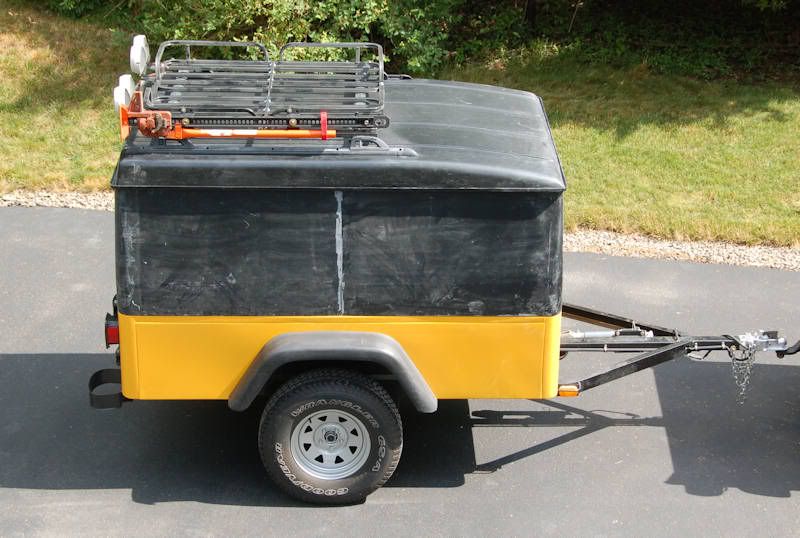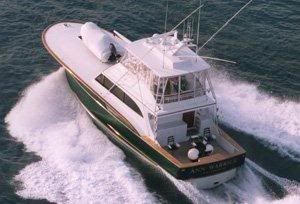For those interested in a wood build, you should know that in cold molded laminate boat/yacht construction almost all mechanical fasteners are removed. Screws are used by the thousands to secure the wood while the epoxy is drying, but they are removed and the holes filled with an epoxy/filler combination that varries, but think dry wall compound or putty for typical consistancy.
Simlar pastes are used for fillets, along with wood for the larger joints.
When hardware or mechanical fasteners are required, they are bedded in epoxy or the epoxy/filler compound. The end result is bonding as a strong or stronger than the wood and no loosening. (See the Gudgeon Bros. or West Systems websites for more info.)
The boats are built on jigs btw, and the jig is removed once the hull is complete, leaving only the longitudinal keel, engine beds and stringers. That makes for the maximum internal space - no frames eating up internal cubes. Structural cross members are added after hull construction, using the fillets and putty to tie them in, but they are few in number and relatively far apart, like the engine room bulkheads, maybe 12 or 15' apart.
[And then there is plank on frame with epoxy, a different build technique, but very successful for decades]
JPK
Simlar pastes are used for fillets, along with wood for the larger joints.
When hardware or mechanical fasteners are required, they are bedded in epoxy or the epoxy/filler compound. The end result is bonding as a strong or stronger than the wood and no loosening. (See the Gudgeon Bros. or West Systems websites for more info.)
The boats are built on jigs btw, and the jig is removed once the hull is complete, leaving only the longitudinal keel, engine beds and stringers. That makes for the maximum internal space - no frames eating up internal cubes. Structural cross members are added after hull construction, using the fillets and putty to tie them in, but they are few in number and relatively far apart, like the engine room bulkheads, maybe 12 or 15' apart.
[And then there is plank on frame with epoxy, a different build technique, but very successful for decades]
JPK

